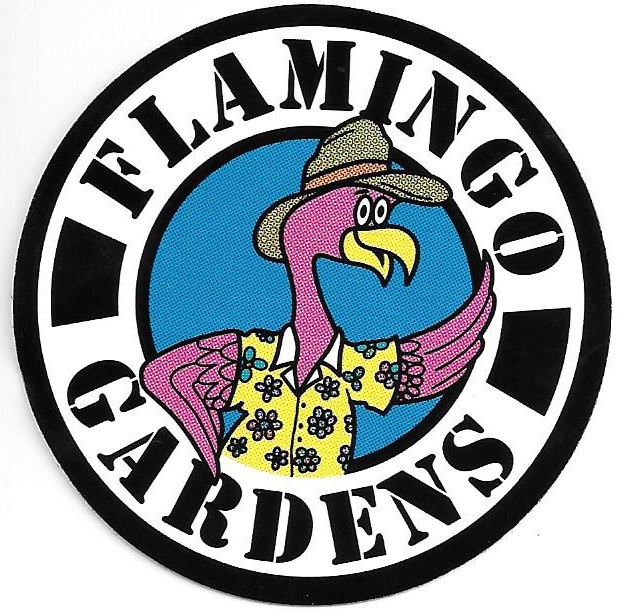ZAMIA COONTIE
- **Type**: Evergreen cycad (ancient seed plant, not a true palm or fern)
- **Height**: 1 to 3 feet (30 to 90 cm)
- **Width**: 2 to 4 feet (60 to 120 cm), forming clumps over time
- **Growth Habit**: Low, spreading, clumping via underground stems (rhizomes)
- **Foliage**:
- Pinnate, feather-like leaves, 2 to 3 feet long (60 to 90 cm)
- Dark green, glossy, leathery leaflets, 3 to 6 inches long (7.5 to 15 cm)
- Evergreen, persists year-round in suitable climates
- **Flowers**:
- Dioecious (separate male and female plants); does not produce true flowers
- Male cones: small, brown, cylindrical, pollen-producing
- Female cones: larger, reddish-brown, seed-producing
- Appear sporadically, not ornamentally significant
- **Fruit**:
- Bright red to orange seeds, about 0.5 to 1 inch (1.3 to 2.5 cm), in female cones
- Toxic to humans and pets if ingested (contains cycasin)
- **Light**: Partial shade to full sun (best in dappled light; tolerates full sun once established)
- **Soil**:
- Well-drained, sandy or loamy; tolerates poor soils
- Slightly acidic to neutral (pH 6.0 to 7.0)
- **Watering**: Low to moderate; drought-tolerant once established, water sparingly
- **Hardiness**: USDA Zones 8 to 11 (10°F or -12°C; may die back in cold but regrows from roots)
- **Wildlife**: Attracts the rare Atala butterfly (larval host plant); deer-resistant
- **Care**:
- Minimal maintenance; remove dead fronds as needed
- Fertilize lightly with a palm-specific mix (e.g., 8-2-12) in spring
- Avoid overwatering to prevent root rot
- **Pests/Diseases**:
- Generally pest-free; may see scale or mealybugs
- Susceptible to fungal rot in soggy conditions
- **Uses**: Groundcover, accent plant, rock gardens, native plant gardens, or containers
- **Growth Rate**: Very slow; adds only a few leaves per year
- **Special Features**:
- Florida native, historically used by indigenous people for flour (after toxin removal)
- Tough, prehistoric look adds unique texture
- Supports local ecosystems (Atala butterfly conservation)
The Zamia Coontie’s lush, fern-like foliage delivers a low-maintenance, native charm to shaded or sunny spots, with a prehistoric vibe and ecological value. Let me know if you’d like care tips or planting ideas!
